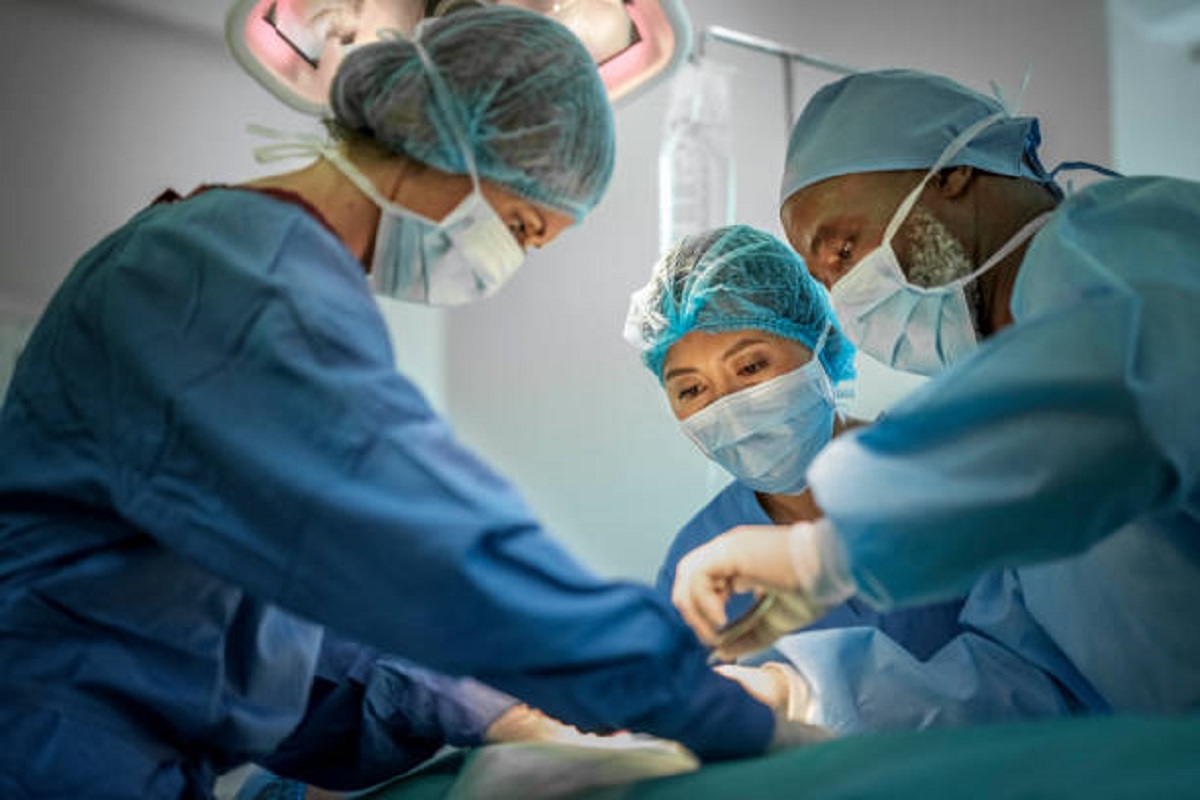The doctors in Delhi saved the life of a three-year-old kid who had a brain tumour by performing a critical microscopic surgery that lasted for nine hours. The procedure was challenging as the surgeon had to protect the thin brain arteries that got covered under the 7 centimeter-long tumor.
Speaking about the case, Dr. Nagesh Chandra said, “It was a difficult and a challenging case because major brain arteries got involved in the tumor. These arteries transfer blood to the remaining part of the brain. We had to preserve those arteries during the surgery so that the remaining portion of the brain continues to function.”
Advertisement
Besides, the surgery was performed under the neuronavigation system, which keeps guiding the surgeons about these arteries. The child is now seizure-free and runs around everywhere, talks, and eats normally.
According to the doctor, his tumor was a vascular tumor, which bleeds more. However, the most critical part of such complicated surgeries is neuroanesthesia for such a young child, said the doctor.
The patient, Master Asadbek, came to Delhi from Uzbekistan after Dr. Nagesh Chandra, Senior Consultant, and HOD, Department of Neurosurgery, Aakash Healthcare consulted his father during his OPD visit in the foreign country.
Due to the massive tumour in his brain, he used to have multiple episodes of seizures and difficulty walking.
Dr. Jitendra Kumar, Consultant, Neuro Surgery dept at Aakash Healthcare said, “Microscopic surgeries are technically demanding and it requires specialized instrumentation, significant surgical expertise and is not appropriate for all tumors. Our goal was to maximize tumor removal and minimize manipulation of critical structures, thereby avoiding complications and patient disfigurement while promoting more rapid, complete, and less painful recovery.”











